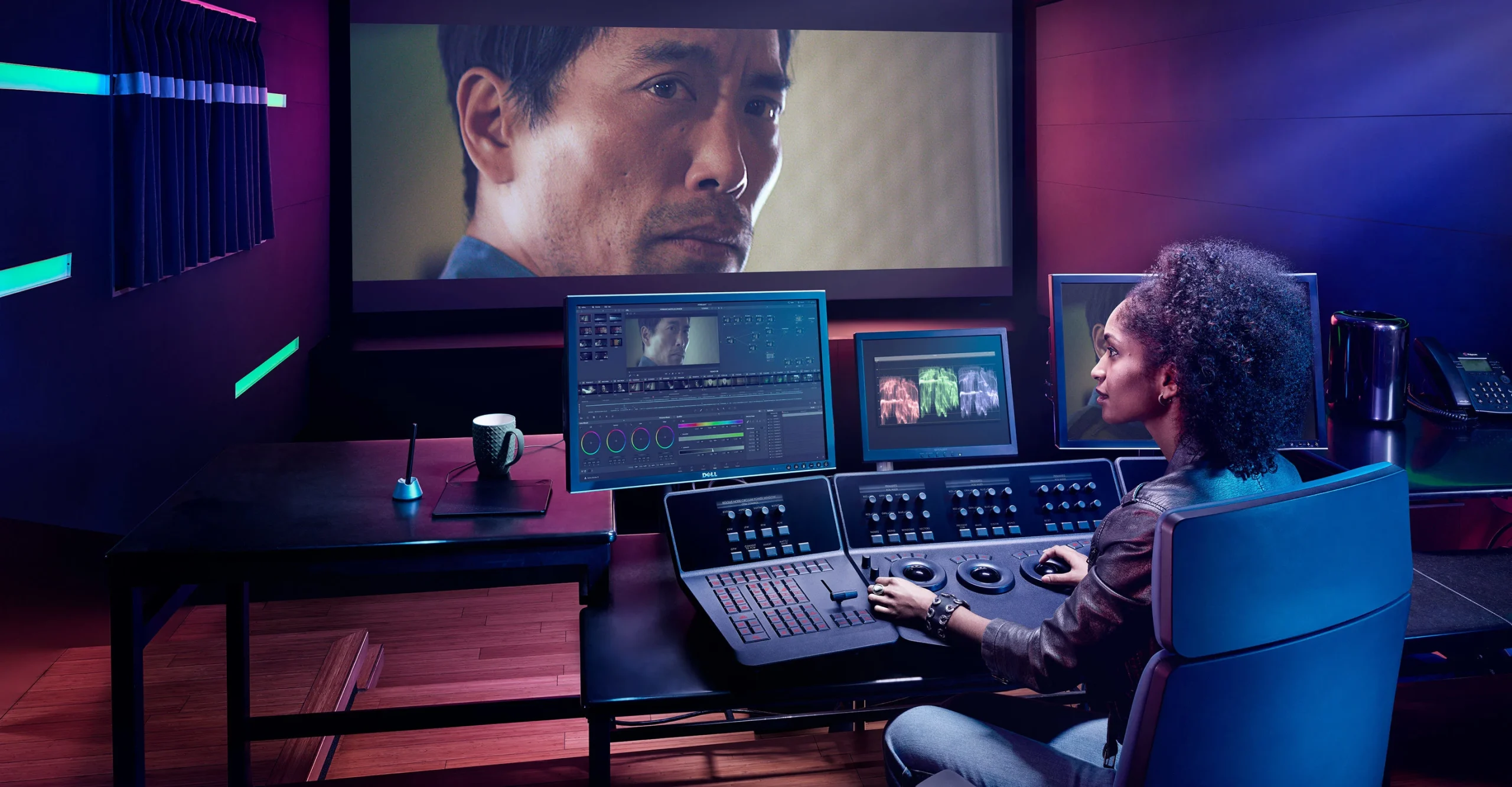In recent years, advancements in artificial intelligence (AI) have transformed numerous industries, and video editing is no exception. As technology continues to evolve, AI-powered tools are becoming increasingly sophisticated, allowing professionals and enthusiasts alike to streamline their editing process and achieve remarkable results. Let’s delve deeper into how AI is revolutionizing video editing.
Table of Contents
1. Automated Tagging and Organization
One of the time-consuming tasks in video editing is managing footage effectively. However, AI-driven video editing has simplified this process by offering automated tagging and organization features. By analyzing the content of videos, AI algorithms can quickly identify specific objects, people, locations, or even emotions present in each frame. This metadata can then be used to easily search for relevant clips when working on a project, saving editors precious time.
2. Intelligent Color Grading
Color grading plays a vital role in creating the desired atmosphere and mood in a video project. With AI-powered color grading tools, editors can enhance their footage effortlessly. Imagine being able to apply preset color schemes or styles automatically based on pre-defined criteria or even reference images! These intelligent algorithms can analyze an image or video clip and suggest optimal adjustments to achieve a particular look or seamlessly match different shots within a sequence.
3. Real-Time Object Removal
In certain situations, unwanted objects may intrude upon an otherwise perfect shot – be it lens flares, bystanders loitering around during filming, or small imperfections appearing on screen due to technical issues during production. In such cases, manual object removal involves painstaking work for editors – until now. AI-based object removal algorithms can automatically detect and eliminate these nuisances from the footage with just a simple selection tool while preserving the background seamlessly.
4. Enhanced Video Stabilization
Camera stabilization is crucial for smooth and visually pleasing videos; however, factors like shaky hands can greatly impair this outcome. Previously, editors relied on software tools to correct these instabilities in a time-consuming manner. Enter AI-powered video stabilization technology: with intelligent algorithms to analyze and predict motion in each frame, videos can now be automatically stabilized much more effectively, ultimately saving editors both time and effort.
5. Automated Audio Filtering
Audio quality holds significant importance; poor sound conditions result in a frustrating viewership experience. Traditionally, ensuring high-quality audio required laborious manual processes like filtering out unwanted noise or adjusting levels to achieve the perfect mix. Nevertheless, with AI’s audio processing capabilities, it is now possible to reduce background noise, enhance dialogue clarity, and even automatically balance audio tracks—significantly reducing time spent in post-production.
6. Voiceover Generation
Video storytelling often requires voiceovers – a talent or expense often neglected as ancillary demands skyrocket budgets alike. Handling this task has traditionally meant hiring professional voice actors or relying on limited robotic-sounding characters generated by text-to-speech software. However.ai now allows for the Artificial Neural Networks (ANNs) behind these synthesized voices to develop intonation patterns similar to those of humans – covering a wider range of accents but most crucially offering ease of usage in real-time voice editing within video content itself.
7. Automated Transcription and Subtitles
Transcribing audio and adding subtitles to videos can be a tedious and time-consuming task. However, Transcribing AI tools now offer automated speech-to-text technology, accurately transcribing spoken content in videos. This feature saves editors time and ensures accessibility for viewers with hearing impairments or those who prefer to watch videos with subtitles.
8. Intelligent Content Recommendations
With abundant video content available online, finding the perfect clips, music, or effects for a project can be challenging. AI algorithms are now able to analyze video content and recommend relevant footage based on specific criteria such as composition, subject matter, or style. This provides editors with a wealth of options to choose from without having to spend hours searching through vast libraries.
9. Storyboarding Assistance
Creating a compelling narrative flow in video editing is essential. With AI-powered storyboarding tools, editors can receive assistance in arranging their footage into a coherent storyline. By understanding each clip’s visual composition and narrative structure through deep learning techniques, AI algorithms can suggest the order and pacing of shots, helping editors save valuable time in the editing process.
In conclusion
AI-powered tools are transforming video editing into a more intuitive and efficient process. From automated tagging and organization to intelligent color grading and real-time object removal, professionals can take advantage of these features to save time while achieving stunning results. Additionally, enhanced video stabilization, automated audio filtering, and voiceover generation simplify tasks that were once considered challenging or require substantial investment. The Great strides that AI has taken across the Video Production industry so far are sure to keep us captivated, as we preview how ground-breaking future developments shall be in optimizing workflows within postproduction globally.
